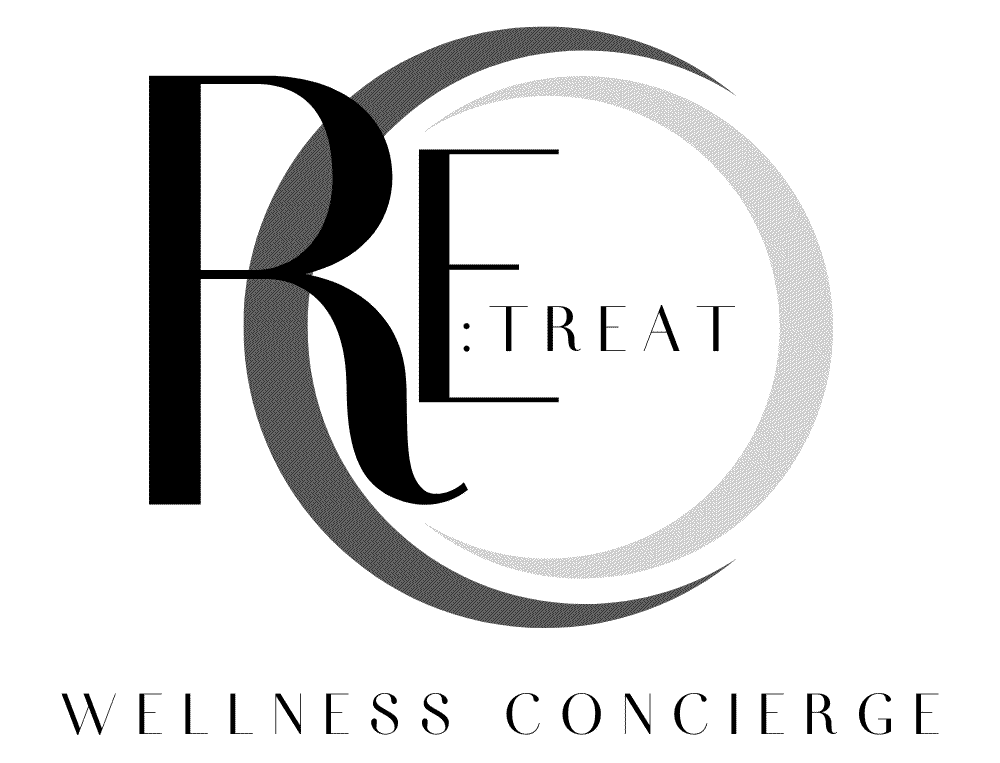Why Kiiko Acupuncture May Be a Better Choice Than Traditional Chinese Acupuncture (TCA)
While both Kiiko Acupuncture (also known as Kiiko Matsumoto Style or KMS) and Traditional Chinese Acupuncture (TCA, part of Traditional Chinese Medicine or TCM) are effective branches of acupuncture rooted in ancient East Asian principles, Kiiko offers distinct advantages that make it a compelling choice for many patients. Developed by Japanese-American acupuncturist Kiiko Matsumoto, KMS blends classical Chinese theory with Japanese precision and Western pathophysiology, emphasizing palpation (hands-on diagnosis) for real-time feedback. Below, I’ll explain key reasons why Kiiko might be preferable, based on clinical insights and patient experiences.
Superior Diagnostic Precision and Immediate Feedback
TCA relies on holistic assessments like pulse diagnosis, tongue examination, and patient history, which can be interpretive and time-intensive. Kiiko, however, centers on abdominal (Hara) palpation and reflex point testing, allowing practitioners to detect imbalances instantly through touch. If a point “softens” or changes under pressure, it confirms the diagnosis and treatment efficacy in real-time. This feedback loop ensures treatments are highly targeted, reducing guesswork and leading to more accurate results—especially for complex or chronic conditions like autoimmune disorders or neurological pain.
Gentler, More Comfortable Treatments
TCA often involves deeper needle insertions (0.5–1 inch) with stronger stimulation, which can cause temporary soreness or discomfort for sensitive individuals. Kiiko uses ultra-fine needles (0.16–0.20 mm) and shallow insertions (0.1–0.3 inches), making sessions virtually painless and suitable for needle-phobic patients, children, or the elderly. This minimalistic Japanese influence prioritizes comfort without sacrificing effectiveness, often resulting in a relaxing experience that feels more accessible.
Faster and More Efficient Results
In TCA, sessions might follow fixed protocols based on energy patterns, sometimes requiring multiple visits per week for optimal results. Kiiko’s dynamic approach—adjusting points based on immediate body responses—typically needs only one session weekly, as each treatment addresses root causes thoroughly. Patients often report quicker improvements, such as pain relief in the first visit, making it ideal for busy lifestyles or acute issues like migraines or sports injuries.
Holistic Integration with Modern Science
TCA excels in systemic Qi balancing but can feel more traditional and less adaptable to Western diagnostics. Kiiko uniquely merges classical principles with contemporary pathophysiology, considering structural, emotional, and physiological factors. This makes it particularly effective for hard-to-treat conditions (e.g., chronic pain, hormonal imbalances, or fertility issues) by viewing the body as an interconnected system. Matsumoto’s style, influenced by blind Japanese masters like Master Nagano, offers a broader toolkit for personalized care.
Empowerment and Lasting Healing
Kiiko’s patient-centered method fosters trust and collaboration, empowering individuals through education on their body’s responses. This leads to sustainable outcomes, as treatments build on previous sessions cumulatively. In contrast to TCA’s pattern-based focus, Kiiko’s eclectic options (e.g., combining meridian therapy with Western insights) provide flexibility, making it a “living tradition” that’s innovative yet grounded.
Ultimately, Kiiko Acupuncture shines for those seeking precise, gentle, and efficient care that aligns with modern sensitivities. While TCA remains a robust foundation for energy-based healing, Kiiko’s evolution offers a refined edge for contemporary needs.
SCHEDULE an appointment today to see if it fits your health goals—our clients find it transformative!
